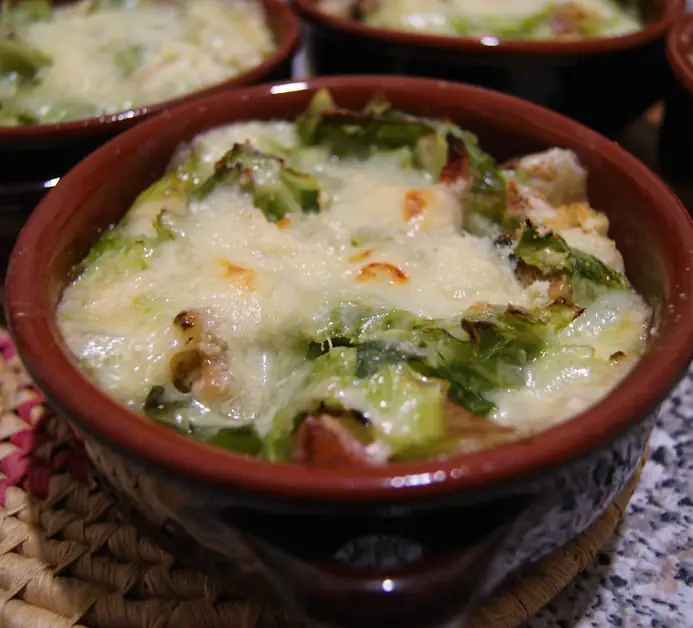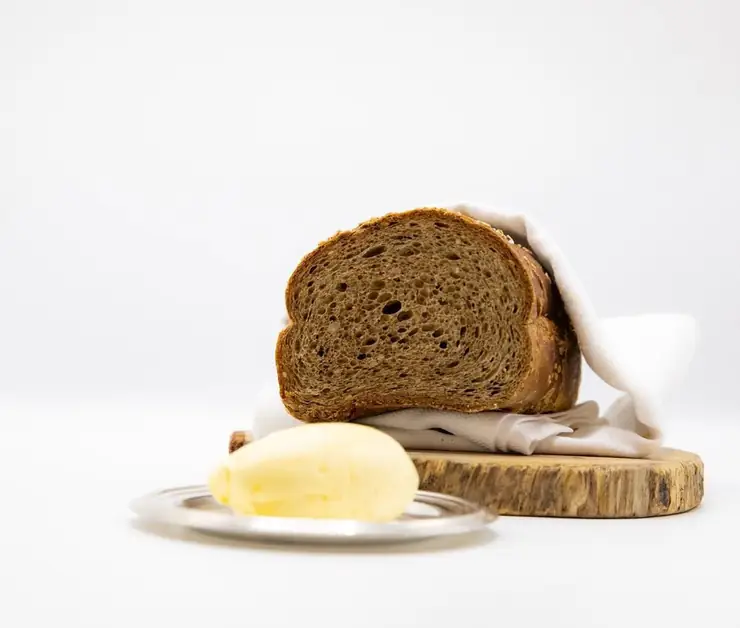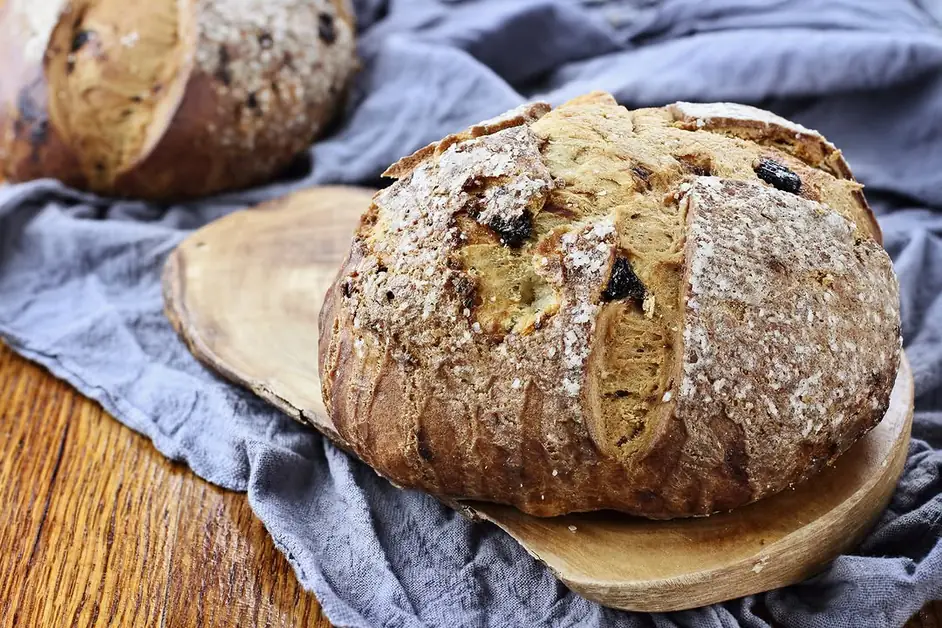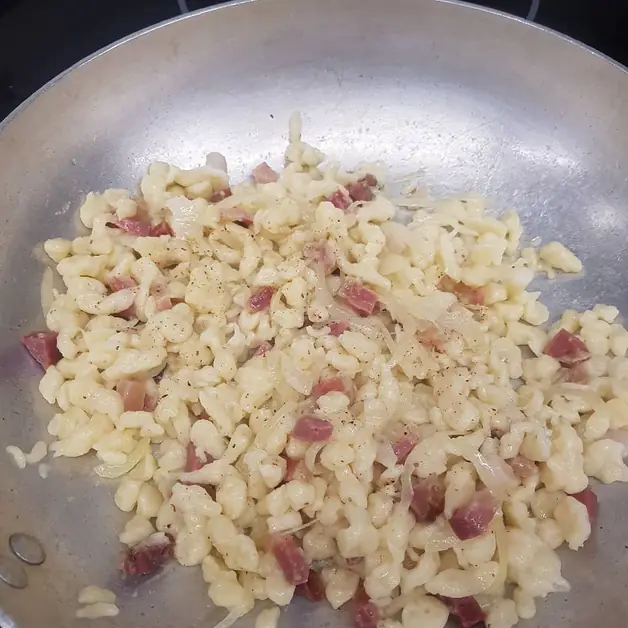The unique and traditional Téteun from Aosta Valley
The Téteun from Aosta Valley is a unique and traditional salami, a symbol of the region's gastronomic culture.
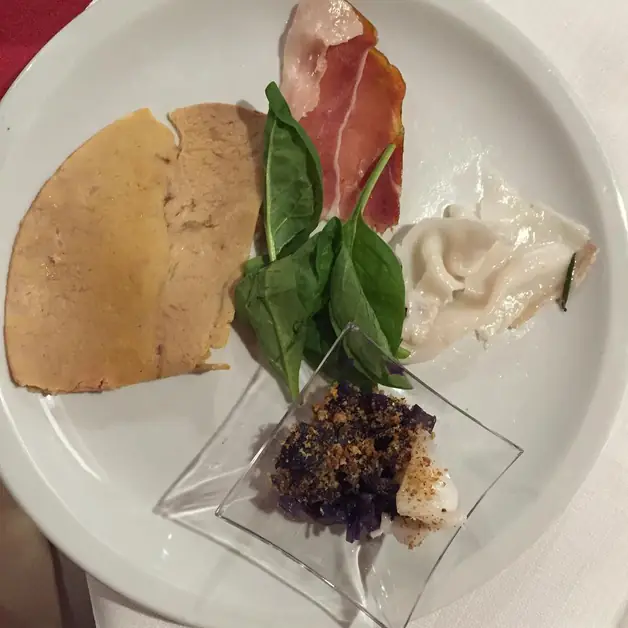
What is the Téteun from Aosta Valley?
The Téteun (pronounced [tøtœn]) is one of the most unique and fascinating products of the cuisine of the Aosta Valley. It is a salami made from salted and cooked bovine mammary glands, recognized as a Traditional Agri-food Product (P.A.T.) in Italy. Its name derives from the Aosta patois and means "mammary gland". This dish, with its intense and characteristic flavor, represents one of the most authentic testimonies of the gastronomic culture of the Aosta Valley.
Where does the Téteun come from?
The Téteun originates in the area of Gignod, a municipality located a few kilometers from Aosta, where the tradition of its production is still alive today. In the 1970s, thanks to the efforts of some local producers, the recipe was rediscovered and enhanced, making this salami a symbol of Aosta Valley's gastronomic identity.
What breeds of cattle are used to prepare the Téteun?
The raw material comes exclusively from local Aosta Valley breeds, particularly the Pezzata Rossa. The mammary glands of these cattle are carefully selected and processed according to a craft method passed down from generation to generation.
How is the Téteun from Aosta Valley prepared?
The preparation of the Téteun is long and meticulous. Here are the main stages:
1. Incision and pressing: the mammary glands are incised in several places and pressed to remove any residual milk. 2. Cutting and layering: once cleaned, they are sliced and arranged in containers, alternating layers of meat with salt, aromatic herbs (such as sage, rosemary, and bay leaves), and spices, including juniper berries. 3. Maceration: the mammary glands remain to macerate for about two weeks, during which they absorb all the aromas and flavors of the spices. 4. Cooking: after maceration, the Téteun is cooked in a water bath or, in some variations, steamed. During this phase, it loses much of its initial weight but acquires its typical compact consistency. 5. Final pressing: the cooked product is placed in molds and pressed to take on its final shape.
What are the variations in the preparation of the Téteun?
Each Aosta Valley producer has their own recipe and method. Some add modern ingredients such as thickeners, sugars, or antioxidants to improve preservation, but the most traditional version remains that made only with meat, salt, and local aromatic herbs.
What does the Téteun look and taste like?
The Téteun has a brownish-red color and a compact consistency. Its flavor is strong and slightly spicy, with aromatic notes derived from the herbs and juniper. The texture is similar to that of very tender cooked meat, while the aroma is intense and inviting.
How is the Téteun served?
The Téteun is generally served sliced thinly, after being slightly warmed or left at room temperature. It can be accompanied by parsley and vinegar sauces, hot polenta, or pickled vegetables. Some enjoy it with mountain honey or red fruit compotes to create a very pleasant sweet-salty contrast.
What wines pair well with the Téteun?
As a salami with a strong flavor, the Téteun pairs perfectly with full-bodied red wines. In the Aosta Valley, the ideal wine is Donnas DOC, but a Torrette Superiore or a Nebbiolo can also enhance its taste. For those who prefer whites, a Blanc de Morgex et de La Salle can offer a pleasant contrast of freshness.
How is the Téteun preserved?
The Téteun is marketed in vacuum-sealed slices, a technique that allows it to be preserved for about three months in the refrigerator or on refrigerated shelves. Once the package is opened, it is advisable to consume it within a few days to fully appreciate its flavor.
Where does the antiquity of this preparation come from?
The origins of the Téteun date back to ancient times. Even in Roman times, the use of animal mammary glands for food was known. This is evidenced by the famous treatise De re coquinaria by Marco Gavio Apicio, which described recipes based on sows' mammary glands, called sumen, prepared boiled, grilled, or stuffed. In the Aosta Valley, where cattle breeding was predominant, the tradition adapted this practice to the most available raw material: the mammary glands of cows.
What is the difference between the ancient recipe and the modern one?
In the past, the Téteun was prepared entirely artisanally and preserved without additives. Today, some industrial productions may include small doses of preservatives to extend the product's shelf life. However, in the homes and laboratories of Gignod and the nearby valleys, the most authentic tradition continues to be followed, keeping the marination times and cooking techniques unchanged.
Why is the Téteun considered a unique product in Italy?
In Italy, the processing of bovine mammary glands for food use is very rare. In many regions, this part of the animal is considered a by-product. In the Aosta Valley, however, the culture of recovery and enhancement of every part of the bovine has allowed the birth of an extraordinary product, now recognized nationally as P.A.T.
Is the Téteun a salami or a meat dish?
Technically, the Téteun can be considered a cooked salami. However, its structure and preparation method make it very similar to a meat dish. It is often found on the menus of Aosta Valley restaurants as a typical appetizer but can also be served as a hot second course.
What role does Gignod play in the production of the Téteun?
The municipality of Gignod is considered the homeland of the Téteun. Every year, in August, the Sagra del Téteun is held, an event that celebrates this typical product with tastings, gastronomic events, and cultural moments. It is an opportunity to discover local traditions and taste the Téteun prepared according to ancient recipes.
What is the cultural value of the Téteun for the Aosta Valley?
The Téteun represents a symbol of identity and cultural resilience. In a context where food resources were limited, the people of Aosta Valley learned to use every part of the bovine, transforming it into tasty and original dishes. Today, this salami is a bridge between the past and the present, capable of telling the story of a community linked to the mountains and its traditions.
